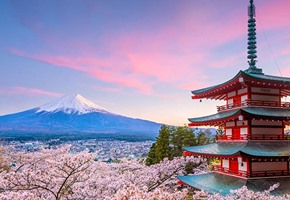
Best Holiday Destinations for 2026
29/12/2025 · By Ian Holt
To inspire your travels for 2026, Great Rail Journeys reveals our Top 10 best holiday destinations and expert tips, from bucket list sights to hidden gems.
Read moreCologne was raised to a 'colony' (hence the name), with city status by the Romans in 50 AD, and was later absorbed into the Gallic Empire, becoming the capital from 260-271. The city was highly prized by both of these communities, due mainly to its location on the River Rhine, which placed it at the intersection of the major trade routes east and west, and was the basis of Cologne's growth. In addition to this, several saints were martyred in the city and the relics of the Three Magi were acquired from Milan. Cologne then also became a centre of ecclesiastical importance, as well as a pilgrimage centre, meaning the city continued to prosper in the middle ages as a result. Following a slight decline in the city's fortunes, Cologne experienced something of a renaissance in the 18th century with a recipe involving distilling flower blossoms in alcohol. This 'toilet water' achieved worldwide fame as eau de Cologne.
Although Cologne was badly damaged in the Second World War, the Cathedral survived, and extensive restoration work has since taken place throughout the city. In the modern age Cologne has reclaimed its old role as a major trade and business centre - now a radio and television metropolis, and a beer city, with over twenty breweries producing Kölsch, the distinctive local beer. Whilst in Cologne you really ought to visit the vast Cathedral. The foundation stone was laid in 1248, and it was finally completed in 1880. Called "the mother of all German churches", it is one of the largest Gothic structures ever built, and its size reflects its power - it is the seat of the Primate of Germany. The Cathedral was awarded UNESCO World Heritage status in 1996, and today you can see the relics of the Three Magi, and climb the south tower for a spectacular view of the city and the Rhine.
Sightseeing in Cologne
Cologne's Old Town, which has been carefully restored to
preserve its pre-war appearance, is also a joy to discover. It
spreads from just south of the Cathedral to the bank of the Rhine.
Here you can admire the tall and narrow pastel-coloured houses, set
out along the Old Town's winding streets, as you wander to the
Rhine Promenade for a stroll along the river. There are many
traditional brewery taverns close to the Old Town, all of which
serve Kölsch beer - brewed only in Cologne. You may wish to visit
at least one of these to sample the beer for yourself.
If you have the time to explore further, Cologne boasts an assemblage of both Roman and medieval remains that is unsurpassed in Germany. For example Eigelsteintor, one of the three surviving magnificent city gates, is a short distance north. The other gates, Severinstor and Hahnentor, are further afield but also worth a visit.
Find out more with a free brochure and enjoy weekly travel inspiration and offers in our e-newsletter.
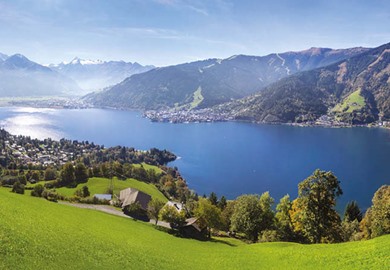
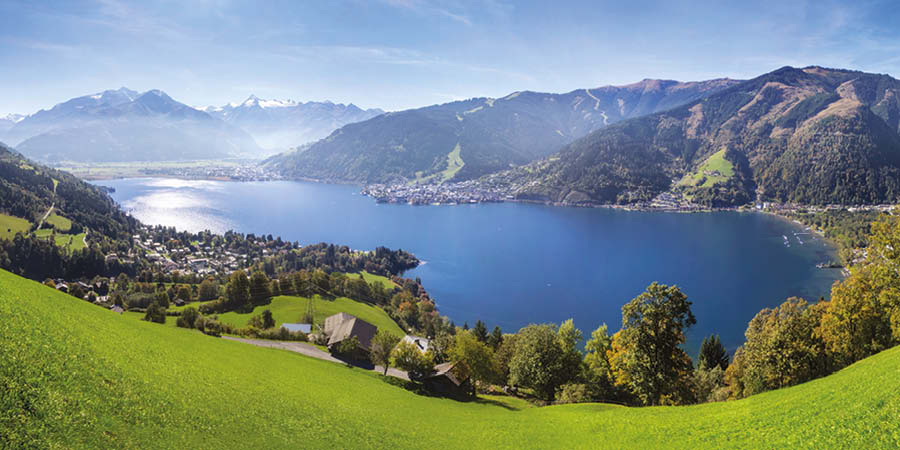
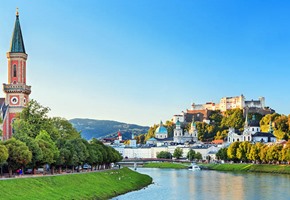
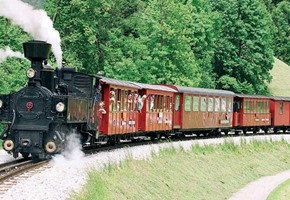
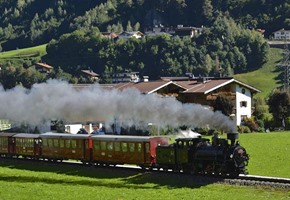
 (246 reviews)
(246 reviews)Explore the beautiful towns and landscapes of the Austrian Alps based in an all-inclusive hotel in the charming town of St Johann, with drinks included with dinner each evening. Marvel at views of Austria's tallest mountain on a journey across the Hochtor Pass on the Grossglockner High Alpine Road, viewing glaciers and gold-mining towns,...
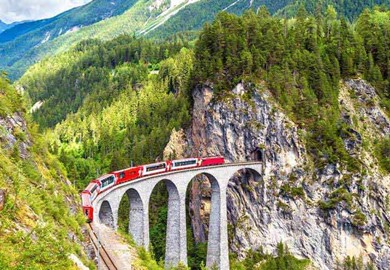
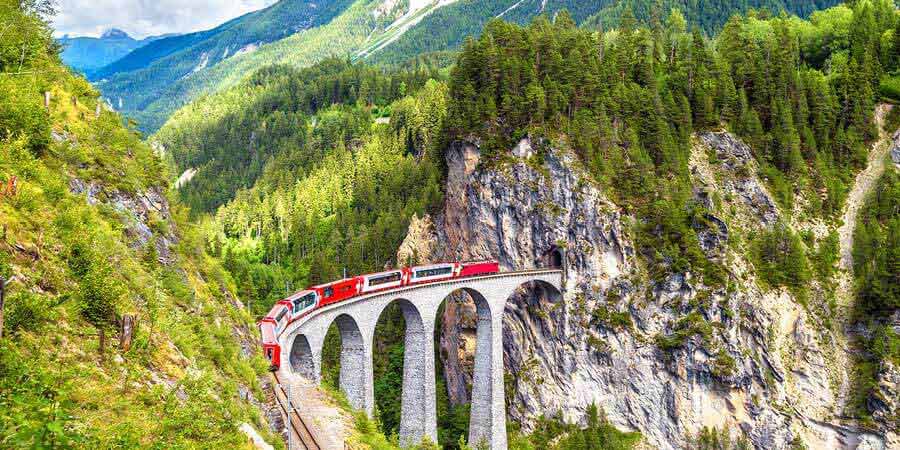
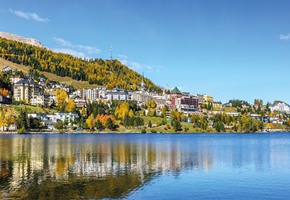
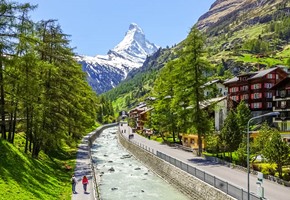
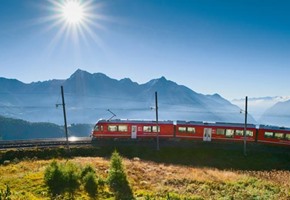
 (190 reviews)
(190 reviews)Staggering mountain peaks and serene alpine lakes provide the extraordinary setting for this holiday as we travel in First Class all the way, including on the iconic Bernina Express and Glacier Express. Staying in the Engadine Valley and the popular mountain resort of Zermatt provides idyllic bases from which to explore the Swiss Alps by rail...
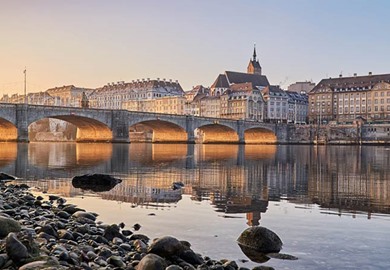
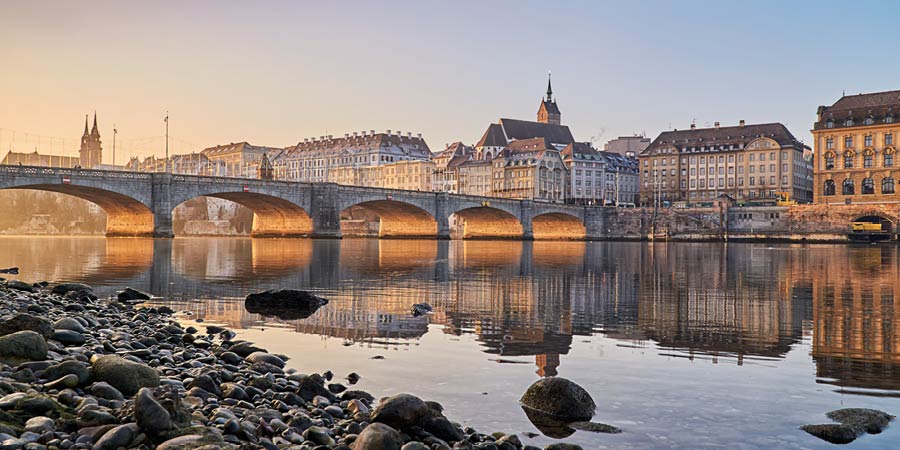
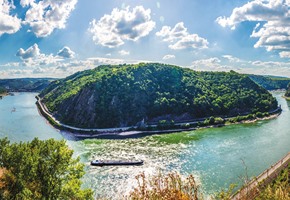
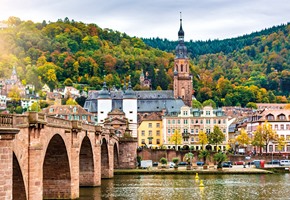
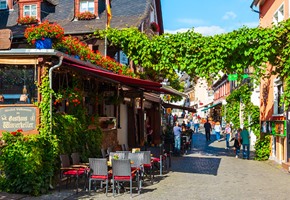
 (135 reviews)
(135 reviews)Experience the breathtaking beauty of the Netherlands to Switzerland on a luxury river cruise. Sail through four countries, admiring stunning forested valleys, charming half-timbered towns and historic cities lining the picturesque banks of this incredible river. Marvel at the spectacular scenery of the Rhine Gorge, a UNESCO World Heritage...
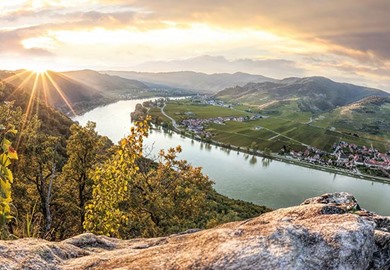
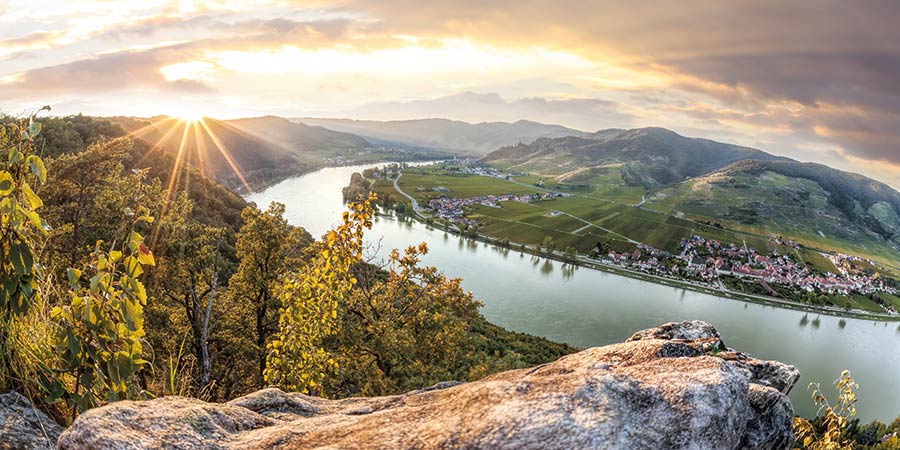
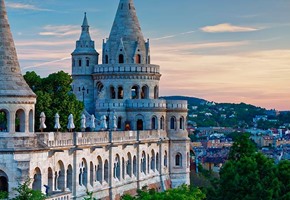
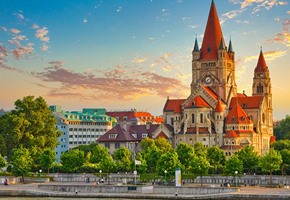
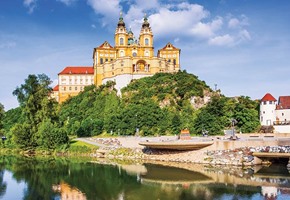
 (55 reviews)
(55 reviews)Fly to and from Munich to enjoy a leisurely cruise through four countries and three capital cities, basking in beautiful river scenery all the way. Sail from the German border town of Passau through the Austrian wine-growing region of the Wachau Valley, admiring picturesque Dürnstein and commanding Melk Abbey enroute. After exploring ...
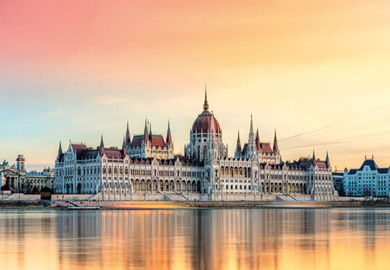

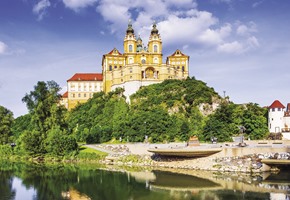
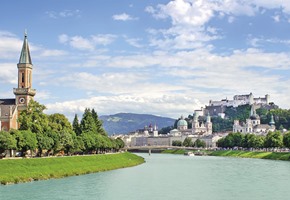
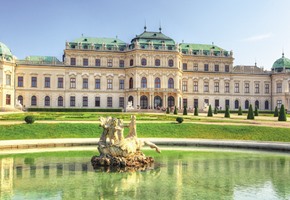
 (113 reviews)
(113 reviews)Uncover the gems of Hungary, Slovakia and Austria on a luxurious Danube river cruise. Explore the fascinating cities of Budapest, Bratislava and Vienna, marvel at the striking Melk Abbey in the Wachau Valley, indulge in local cuisine and sample some of the region's finest wines. Choose to spend a day in historic Salzburg, the birthplace...





Fly to Amsterdam to experience the breathtaking beauty of the Netherlands to Switzerland on a luxury river cruise. Sail through four countries, admiring stunning forested valleys, charming half-timbered towns and historic cities lining this incredible river's picturesque banks before returning by air from Zürich. Marvel at the spectacular...
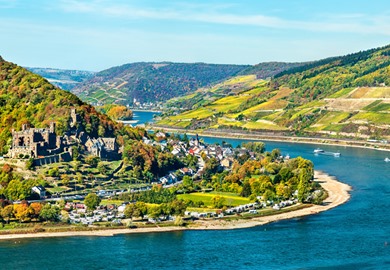
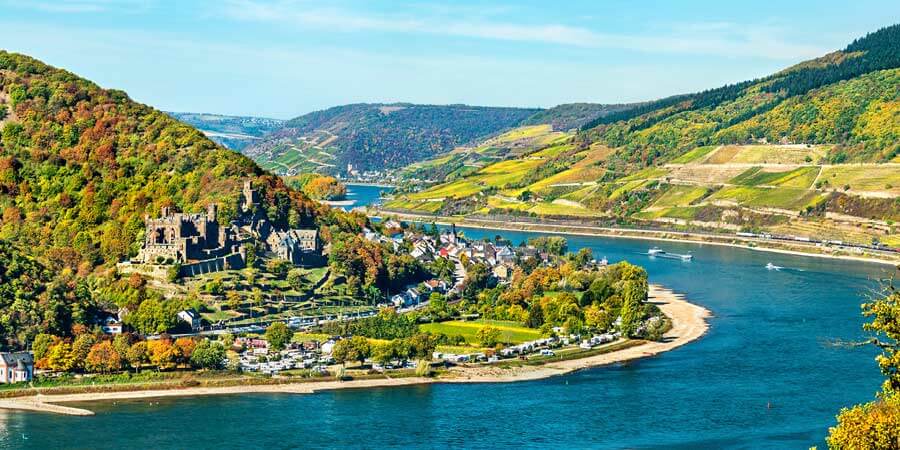
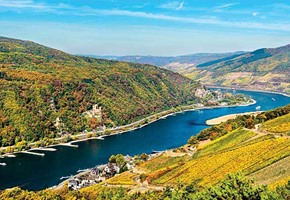
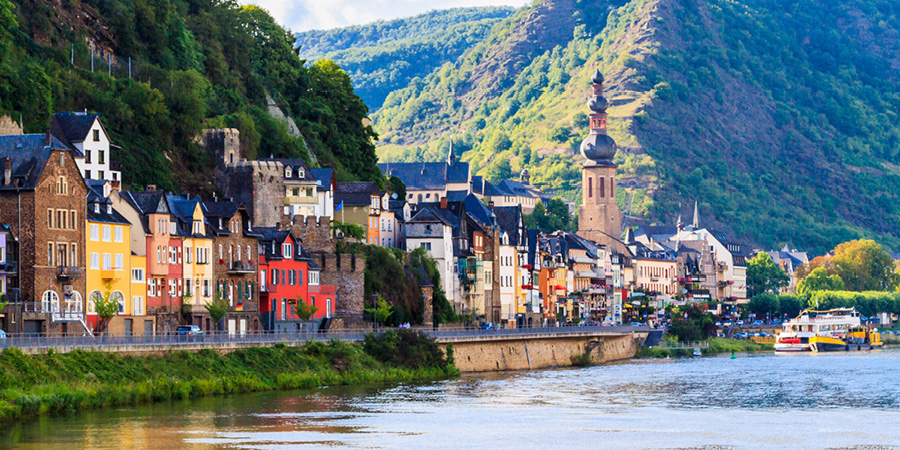
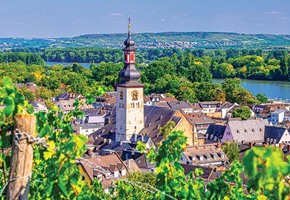
 (250 reviews)
(250 reviews)Embark on a scenic river cruise from Switzerland to Amsterdam, uncovering enchanting landscapes on the way, including the UNESCO-listed Rhine Gorge, adorned with stunning castles, lush forests and sprawling vineyards. Sail from Switzerland to the Netherlands, drifting by forested valleys and charming riverside villages while enjoying guided...
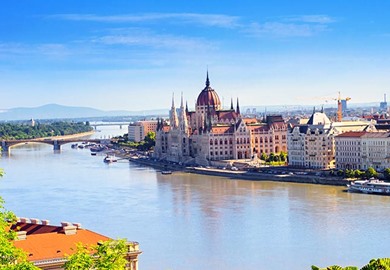
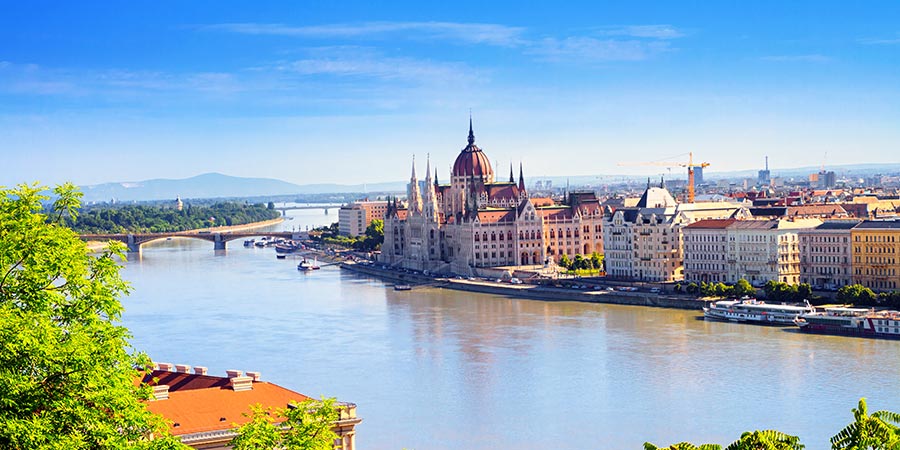
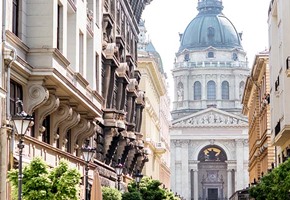
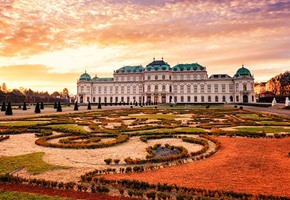
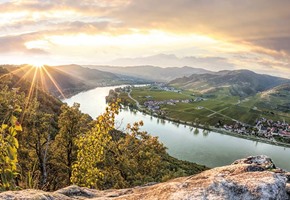
 (76 reviews)
(76 reviews)Enjoy a leisurely cruise through four countries and three capital cities, basking in beautiful river scenery all the way. Sail from the German town of Passau through the Austrian wine-growing region of the Wachau Valley, admiring picturesque Dürnstein and Melk Abbey enroute. After exploring imperial Vienna, the captivating Hungarian capital...
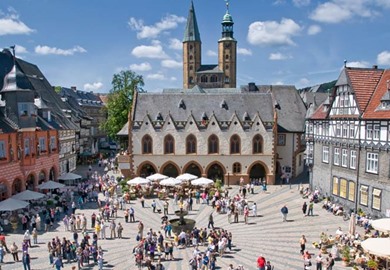
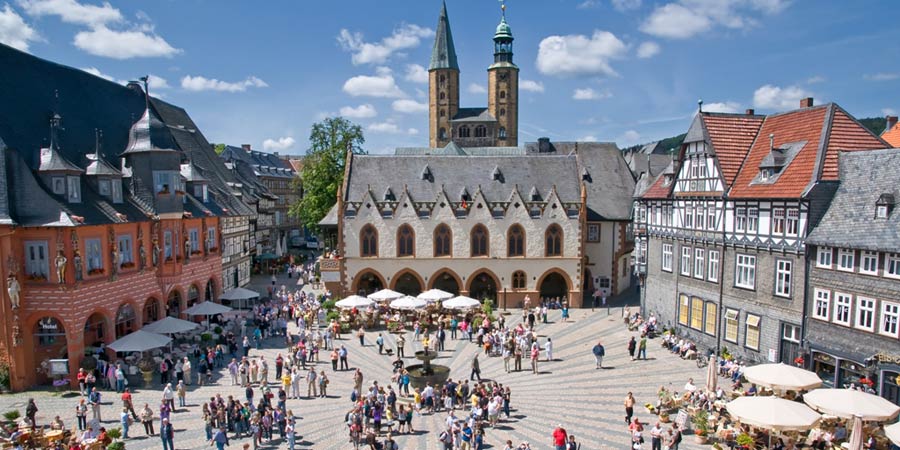
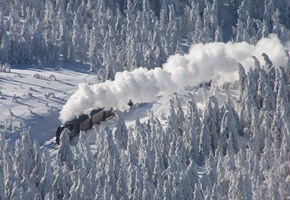
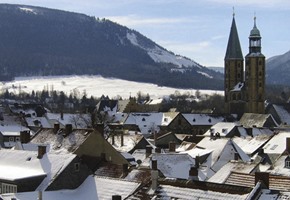
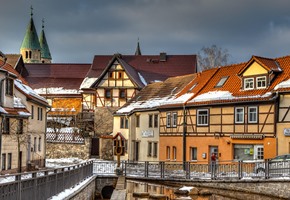
 (77 reviews)
(77 reviews)Join us on a magical winter journey amongst the scenic valleys and mountain peaks of Germany's Harz Mountains. Travel on two heritage steam trains, including the Brocken Railway, and discover World Heritage towns with medieval architecture and cobbled lanes. Our base is Wernigerode, a town with timber-framed buildings and a fairytale castle,...


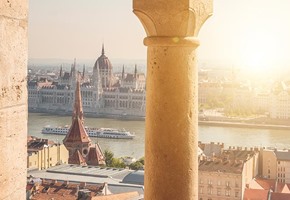
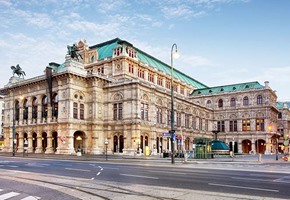

 (30 reviews)
(30 reviews)Journey down the blue Danube, where each bend in the river reveals a new tapestry of architectural wonders and culture. Delve into the history of the Ottoman and Habsburg empires and wander among inspiring architecture in Budapest and Vienna. Sail through the beautiful Wachau Valley to Dürnstein and captivating Melk Abbey. Discover the...


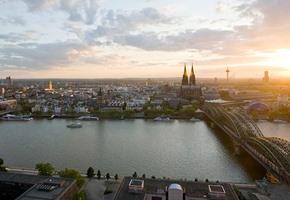
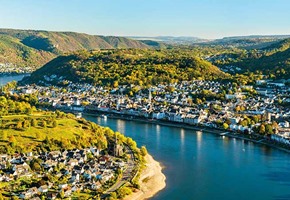
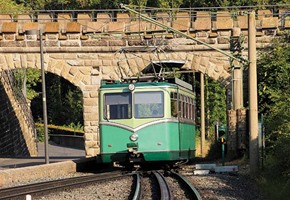
 (33 reviews)
(33 reviews)This beautifully scenic, easy-paced cruise takes us to the towns and cities of the River Rhine. Sailing by enchanting landscapes, discover Heidelberg and Strasbourg along with the sensational vistas of the UNESCO-listed Rhine Gorge. From Cologne, we sail south to explore the town of Koblenz, enjoy a guided tour of Heidelberg, and wander...
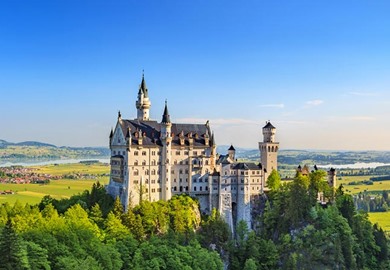
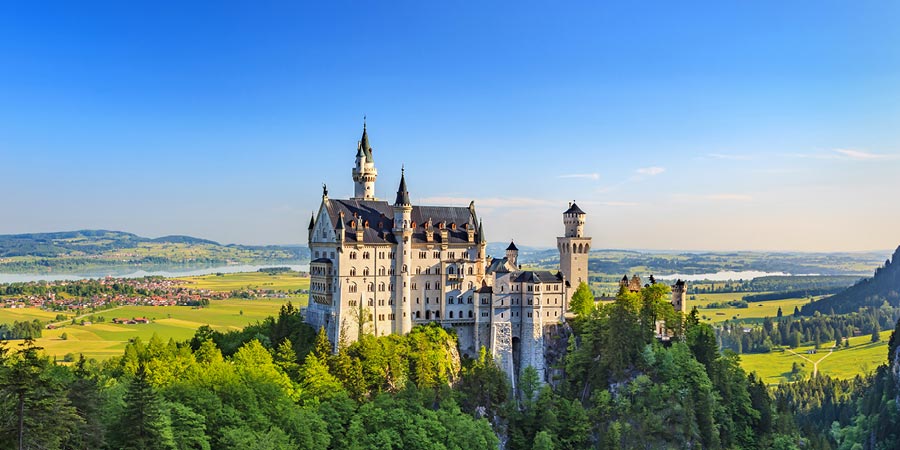
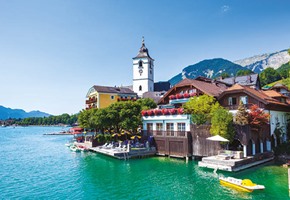
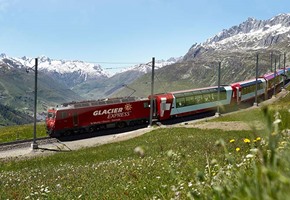
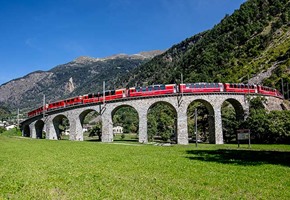
 (35 reviews)
(35 reviews)Bask in boundless displays of jaw-dropping views on a spectacular First Class holiday through the Alps, uncovering the culture and history of three countries and journeying on iconic trains. Soak up the atmosphere of historic Munich on a beer tour, marvel at the fairytale Neuschwanstein Castle and indulge in a Mozart concert dinner in...








